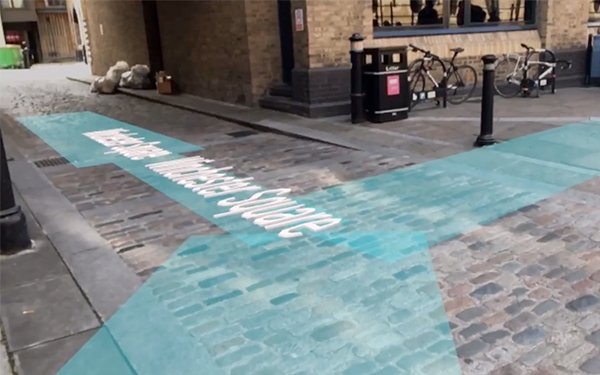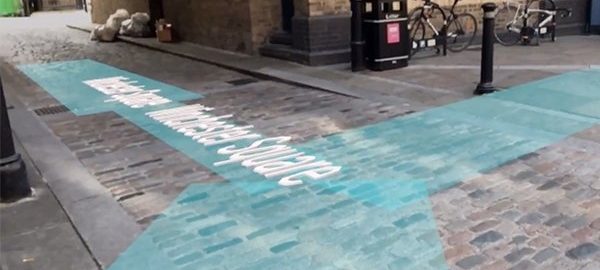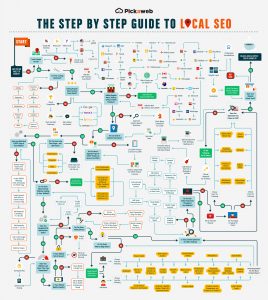Blippar To Use Computer Vision To Improve Location Targeting
by Laurie Sullivan @lauriesullivan, August 4, 2017

Engineers at augmented reality startup Blippar believe they have developed technology to improve marketing and ad campaigns by helping to determine peoples’ location — and the direction they are facing — relative to stores around them.
The company, which calls the feature Urban Visual Positioning, has integrated the tech into its app. Omar Tayeb, CTO and co-founder of Blippar, believes AR has the ability to significantly impact marketing and advertising for tourism and city maps, as well as real-world gaming. It also has the ability to impact retail, mostly in stores.
Urban Visual Positioning System (VPS) uses Computer Vision to accurately estimate the latitude, longitude and orientation with respect to the surrounding environment of a user’s phone in an urban area.
The company’s engineers designed VPS to support a new generation of location-based AR, which requires precise pose estimation to overlay complex virtual content onto physical stores, tourist attractions and any other point of interest or search for a specific location on a map.
Brand can use Blippar’s VPS to overlay AR content onto urban maps from companies like Google and Bing. For instance, companies can lay menus over restaurants, arrival and departure schedules over train stations, or interactive guides at cultural landmarks like the Empire State Building or Disney Land.
Blippar’s VPS is designed for an accuracy of between 3 meters and 8 meters, while GPS averages around 16 meters. It estimates the response time for the system to take less than a second.
Response time for the end-to-end system — including Visual Positioning, retrieval and triggering of the AR experiences for the specific location — can take less than a second. The technology integrates with modern systems for tracking the local, relative movement of a phone, like Apple’s ARKit.
The technology will soon become available to test and use. To date it has been tested across the cities of San Francisco, Mountain View and Central London.
MediaPost.com: Search Marketing Daily
(49)







